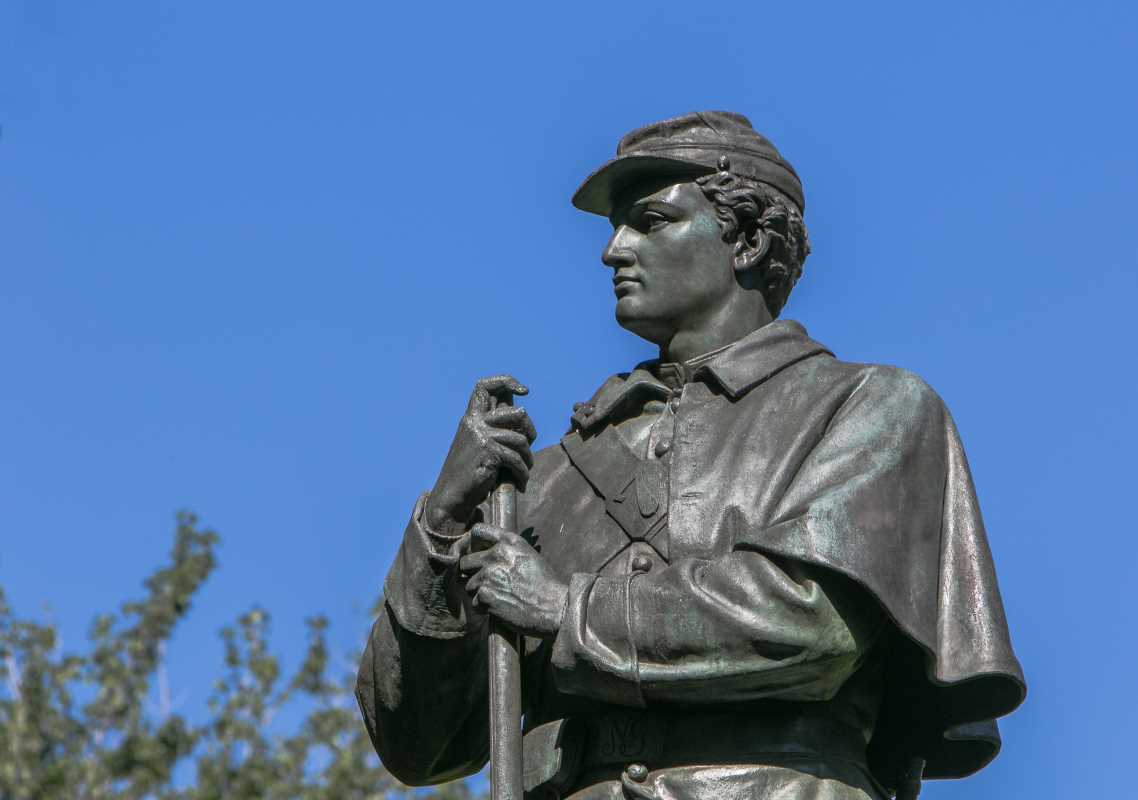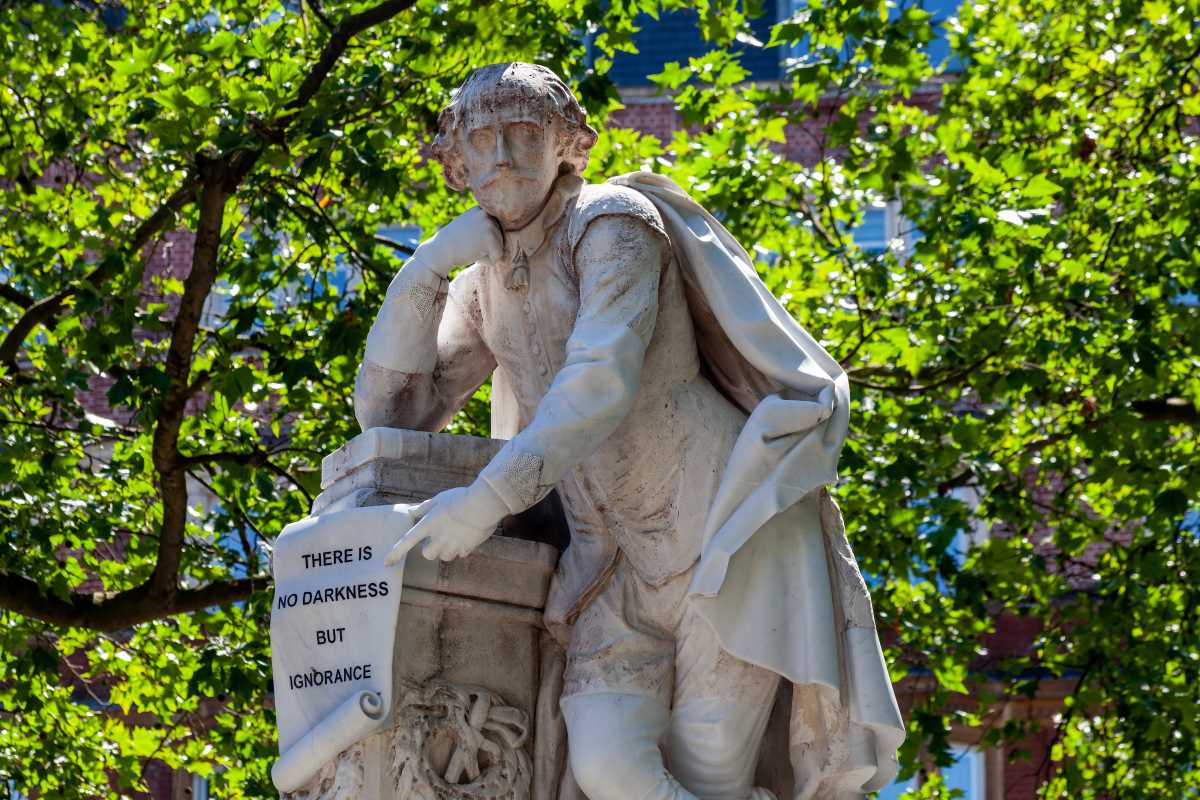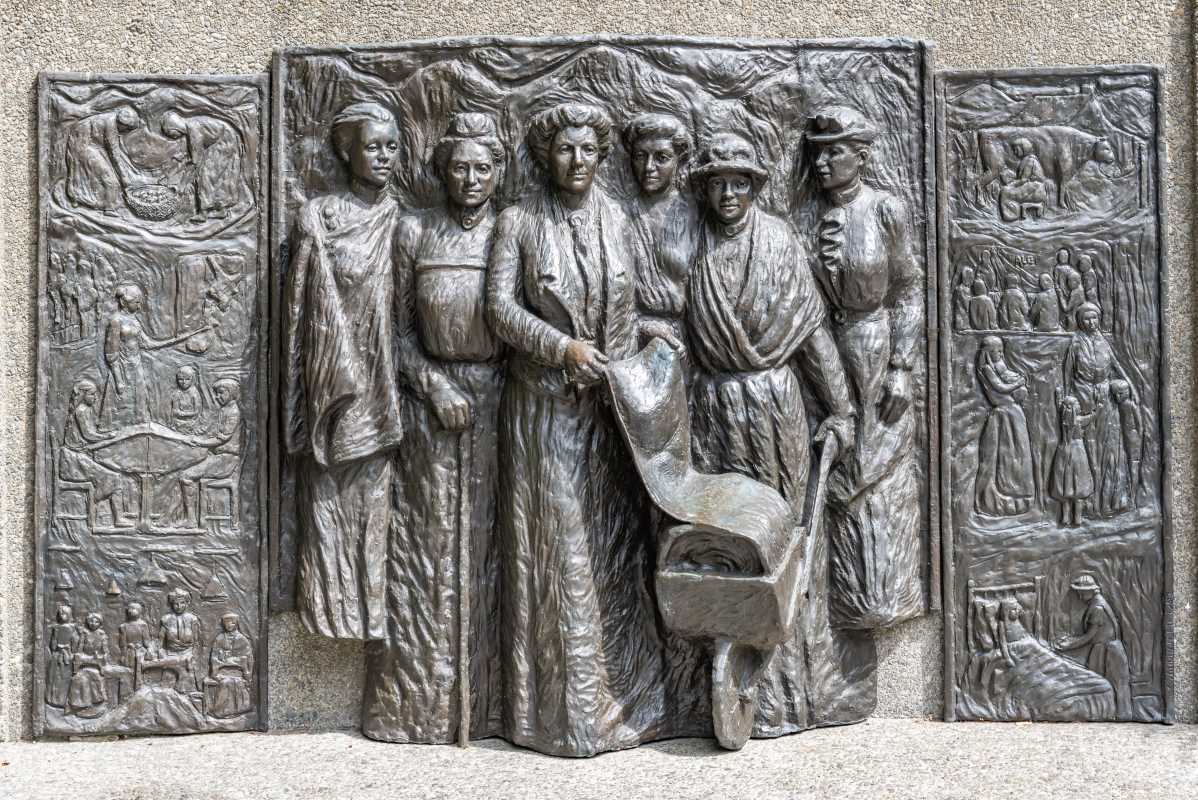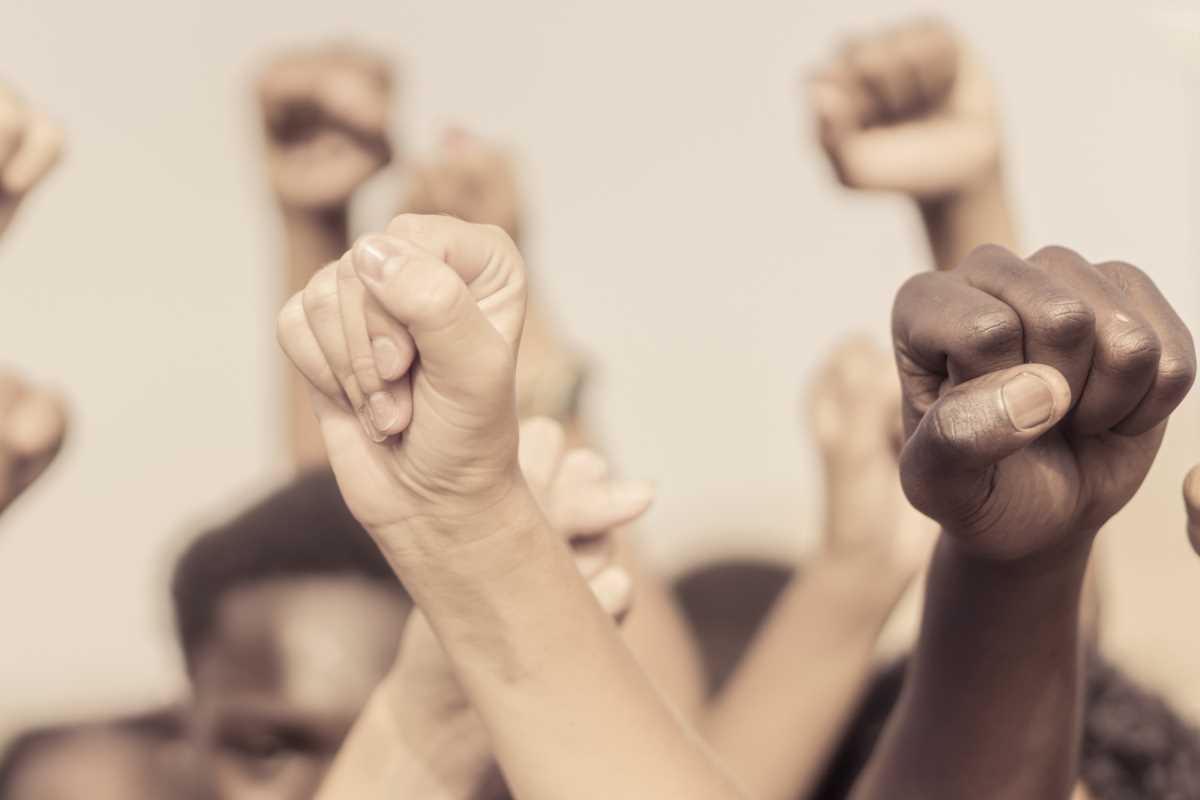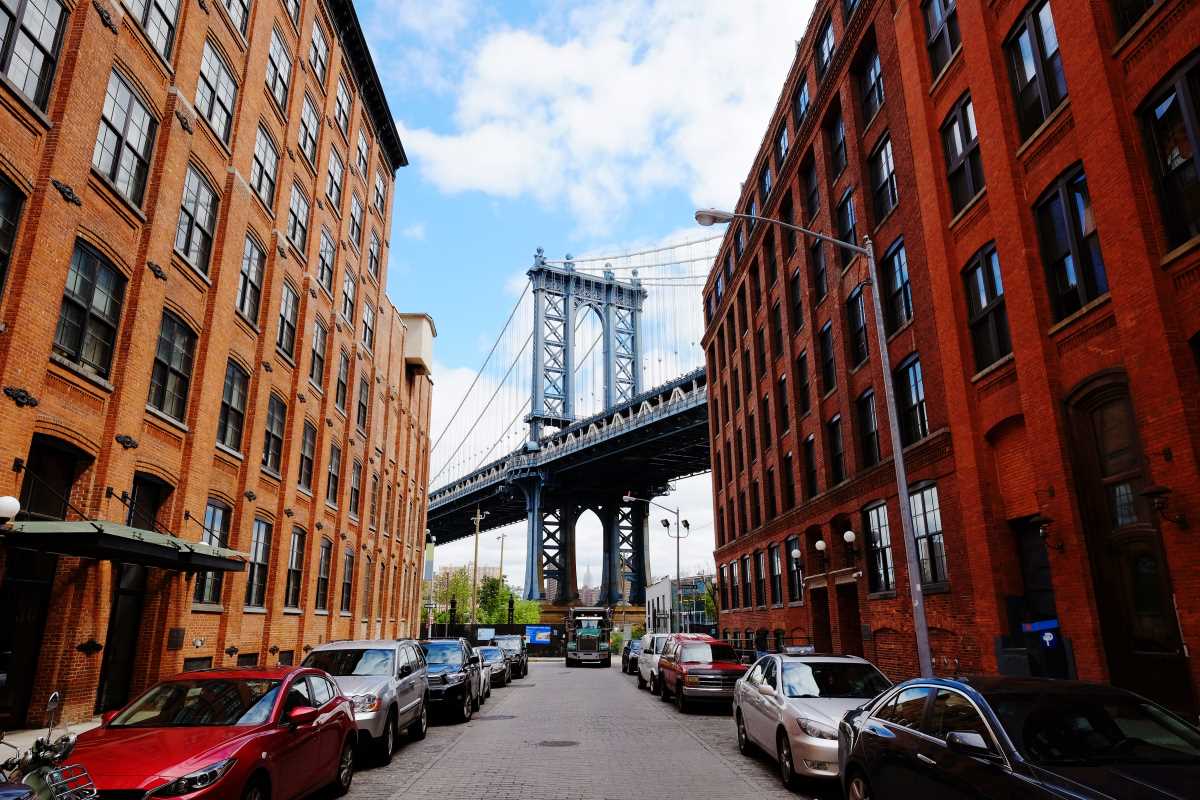It’s hard to imagine a time without eight-hour workdays, paid time off, or safety rules in the workplace, but those rights didn’t always exist. Over a century ago, workplaces in the United States looked very different. Employees worked long hours, received low wages, and often faced unsafe, even dangerous, conditions. There weren’t many laws to protect workers, and standing up to employers often meant risking your job or livelihood.
The labor movements of the early 20th century changed all that. By organizing unions, staging strikes, and pushing for systemic change, workers fought hard for the rights that many of us take for granted today. The sacrifices and victories of those movements laid the foundation for workplace laws and protections that continue to benefit millions of people in the modern era.
Why Labor Movements Began
The United States saw dramatic industrial growth at the turn of the 20th century. Factories, mines, and railroads became major employers, and the demand for cheap labor skyrocketed. However, working conditions in these industries were often grueling. A typical workday could last 12 to 16 hours, six or seven days a week. Children as young as eight were employed to perform physically demanding jobs. Safety measures were minimal, making accidents and injuries common.
Unions, or organizations formed by workers to advocate for their shared interests, emerged in response to these harsh conditions. While small labor movements existed in the 19th century, the early 20th century saw a much larger, organized effort to demand better treatment.
Key Events That Drove Change
The labor movement gained momentum through major strikes and defining events. These pivotal moments rallied workers, raised public awareness, and forced the government to step in and address the issues.
The Triangle Shirtwaist Factory Fire (1911)
One of the most tragic and influential events in labor history was the Triangle Shirtwaist Factory fire in New York City. This disaster killed 146 garment workers, most of them young women, when a fire broke out in a high-rise factory. The building lacked basic safety features like unlocked exits and sprinkler systems, trapping workers inside.
The fire shocked the public and exposed the dire need for safer working environments. The tragedy led to significant reforms, such as mandatory fire safety standards and building inspections. It also gave labor unions momentum to push for better working conditions.
The Great Steel Strike of 1919
After World War I, workers in the steel industry sought shorter work hours and higher wages. The Great Steel Strike of 1919 involved hundreds of thousands of laborers across the country who walked off the job to demand these changes. Although the strike ultimately failed, it brought national attention to the power struggle between workers and employers, inspiring future labor victories.
The Rise of the AFL and IWW
Two key organizations emerged to lead early labor movements. The American Federation of Labor (AFL), founded in 1886, focused on organizing skilled workers and negotiating directly with employers. The Industrial Workers of the World (IWW), also known as the Wobblies, took a more radical approach by advocating for all workers, including unskilled laborers, to unite against exploitation.
While these organizations differed in strategy, they both played major roles in giving workers a voice and advocating for systemic change during the early 20th century.
Important Gains from the Labor Movement
The efforts of early 20th-century labor movements didn’t just result in better pay and hours for workers at the time; they fundamentally influenced the laws and norms of today’s workplaces. Here are some of the major gains achieved during this period:
The Eight-Hour Workday
One of the biggest wins for labor movements was the introduction of the eight-hour workday. This change was the result of years of protests, including the Haymarket Affair in 1886, where workers demanded “eight hours for work, eight hours for rest, eight hours for what we will.” Although the fight stretched into the early 1900s, the eight-hour day eventually became standard after changes ushered in by the Fair Labor Standards Act of 1938.
Minimum Wage and Fair Pay
Low wages were a major driver of early labor activism. Workers fought for fair compensation, and while progress was slow, their efforts paved the way for the federal minimum wage, which was introduced in 1938. Today, debates about raising the minimum wage continue, with arguments rooted in the same principles established over a century ago.
Workplace Safety
Before labor activism, workplace safety wasn’t a priority for employers. Early unions demanded changes, and tragedies like the Triangle Shirtwaist Factory fire highlighted the importance of safety regulations. These efforts eventually led to the creation of the Occupational Safety and Health Administration (OSHA) in 1971, which enforces workplace safety standards to this day.
Child Labor Laws
Exposing the harsh realities of child labor played a key role in the reforms of the early 20th century. Activists pushed for laws to limit child labor, resulting in policies that set minimum working ages and restricted work hours for young people. These protections have become a standard part of modern labor law.
The Right to Unionize
Early labor movements faced significant resistance from employers, who often used intimidation tactics to prevent unionization. Over time, union organizing became protected by law. For example, the National Labor Relations Act of 1935 (also known as the Wagner Act) guaranteed workers the right to form unions and engage in collective bargaining.
Challenges and Struggles Along the Way
The victories of labor movements didn’t come easily. Strikes were often met with violent opposition from employers, police, and even the military. Workers risked not just their jobs but also their safety to demand changes. Events like the Ludlow Massacre of 1914, where miners on strike were attacked by private security and state militia, reveal the harsh lengths some industries went to in order to suppress workers’ rights.
The labor movements also faced internal struggles. Divisions existed over strategies and goals, with some unions prioritizing skilled trades while others sought to represent all workers, regardless of skill level. Racial and gender discrimination within unions sometimes limited their effectiveness, as certain groups were excluded from organizing efforts. Slowly, over decades, labor movements became more inclusive.
How Labor Movements Shaped Modern Rights
The achievements of early labor movements are the foundation for many of today’s workplace norms. When you enjoy paid time off, holidays, or a 40-hour work week, you’re benefiting from the gains made by labor unions generations ago. Today’s laws that protect workers from unsafe conditions or discrimination also trace back to the early 20th-century struggles for justice and equality in the workplace.
Unions remain an essential voice for workers today. While union membership has declined in recent decades, they still advocate for better pay, benefits, and working conditions. Major labor disputes, such as teachers’ strikes or warehouse workers organizing in large corporations, show that the fight for workplace rights continues.
 (Image via
(Image via

